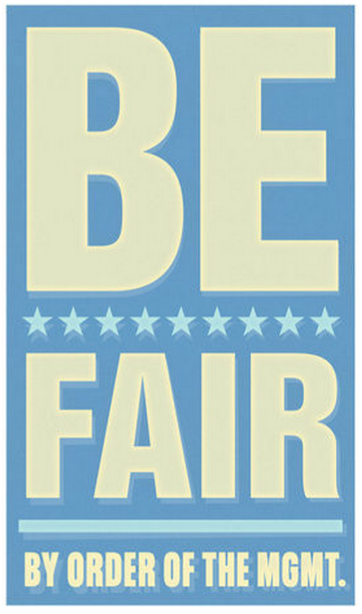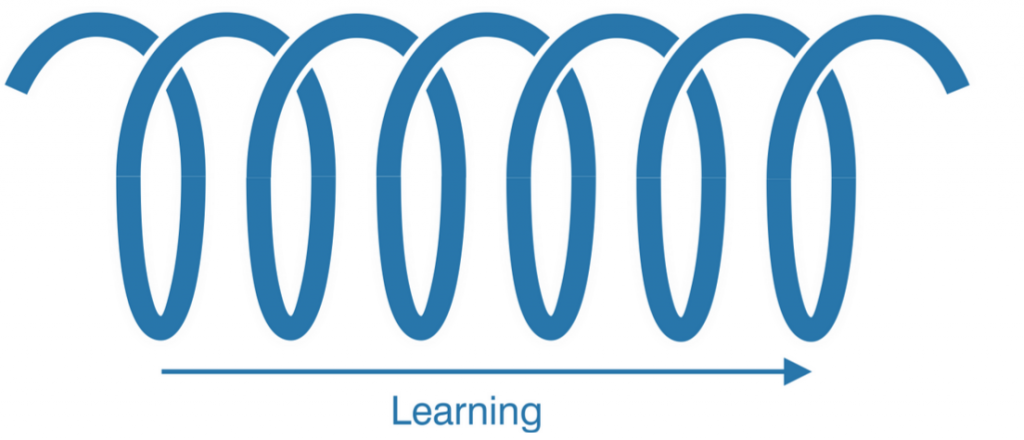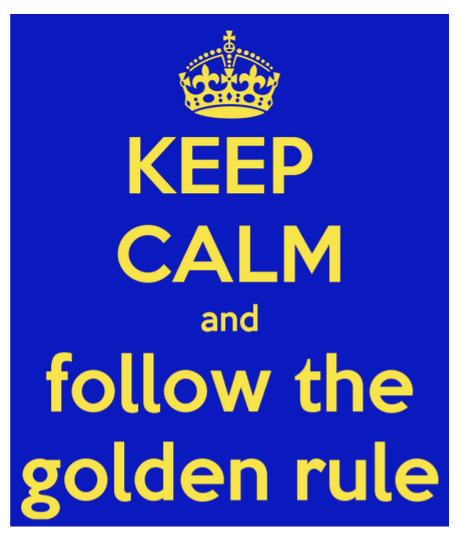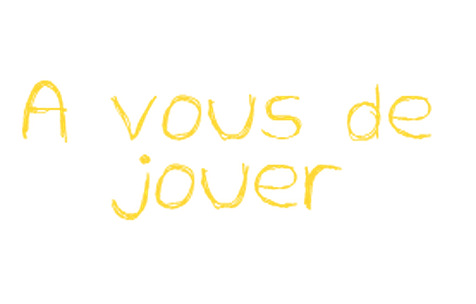This week Anne, UX-Activist, prepared a presentation for us to help us understand why reviews bother us. I then remembered the concept of “Perfection Game” which is a kind of framework, method, allowing to improve the quality of a work without “criticizing” it.

Here is the definition and the rules.
What is the 'Perfection Game'?
The “Perfection Game” is a method iterative evaluation based on possible progress. It allows toimprove quality of a job by offering a collaborative approach. It proposes areas for improvement without negative criticism and highlight the positive things. In the spirit of an agile Backlog definition, it relies on a particular and precise semantics.
The 'Perfection Game' The method
The “player” starts by listing the good things, the positive elements that create value. Things to remember. Then, still with the same formula, the “player” playing the role of “analyst” proposes a score out of 10 and lists the elements of improvement identified which would have made it possible to obtain 10.
Here is the exact phrase to use:
“for all these reasons I give X/10 to the experiment”.
How to establish a fair score?

If you have no ideas for improvement, the mark is 10 and the work is considered perfect. 10 areas for improvement does not mean that the work has no value. 0 means that from the player's point of view there is still a huge potential for improvement!
In other words, putting a low note is HELPING the one who did the job!
A first example
The Perfection Game is used to improve the content, the form of a work or even its process. Here is an example. Antoine, our UX director gave us a great presentation about creativity.
I would have given 8 out of 10 to his presentation. I liked it:
To have learned a lot of things,
To have had the impression of having fun,
To have understood that it was within my reach,
The wealth of examples,
Its dynamism,
Stunning and eye-catching content!
I would have put 10 if:
-
Antoine had been systematically turned towards the audience, he didn't have the slides in front of him, and took note of the news on the wall behind him.
-
If the whole presentation had been in French, some quotes were not translated, and were, perhaps, not understood by all those present.
Iteration
Obviously, the aim of this exercise/tool is to improve the quality of the deliverable as much as possible and therefore to repeat the Perfection Game again and again until you obtain 10 with several interlocutors.

The golden rules

Critics should be constructive and dispassionate.
No “I would have put 10 if your work hadn't been rotten!”.
Remember that we do not judge a person but the work in question! That it may have already gone through several Perfection Game sessions and probably relies on several interlocutors anyway.
We don't comment, we don't argue a perfection game. It is a personal opinion that the author of the work takes into account… or not.
Finally, where does this method come from?
This is a method that comes to us from sales departments that seek to obtain “OFF” in 30 minutes a customer's opinion about an offer to be formulated: we speak of “Fail Fast”. In this way, we know immediately if we must take the time to go to the end of the proposal by producing the offer in the imagined perspective or if we must immediately correct the situation.

STORYTELLING: THE ART OF CONVINCING # Paris
SMILE Paris
163 quay of Doctor Dervaux 92600 Asnières-sur-Seine
UX/UI ECO-DESIGN # Paris
SMILE Paris
163 quay of Doctor Dervaux 92600 Asnières-sur-Seine
DESIGN THINKING: CREATING INNOVATION # Belgium
UX-REPUBLIC Belgium
12 avenue de Broqueville - 1150 Woluwe-Saint-Pierre
MANAGING AND MEASURING UX # Paris
SMILE Paris
163 quay of Doctor Dervaux 92600 Asnières-sur-Seine
DESIGN SPRINT: INITIATION & FACILITATION # Paris
SMILE Paris
163 quay of Doctor Dervaux 92600 Asnières-sur-Seine
UX-DESIGN: THE FUNDAMENTALS # Belgium
UX-REPUBLIC Belgium
12 avenue de Broqueville - 1150 Woluwe-Saint-Pierre
GOOGLE ANALYTICS 4 #Paris
SMILE Paris
163 quay of Doctor Dervaux 92600 Asnières-sur-Seine
ACCESSIBLE UX/UI DESIGN # Belgium
UX-REPUBLIC Belgium
12 avenue de Broqueville - 1150 Woluwe-Saint-Pierre












